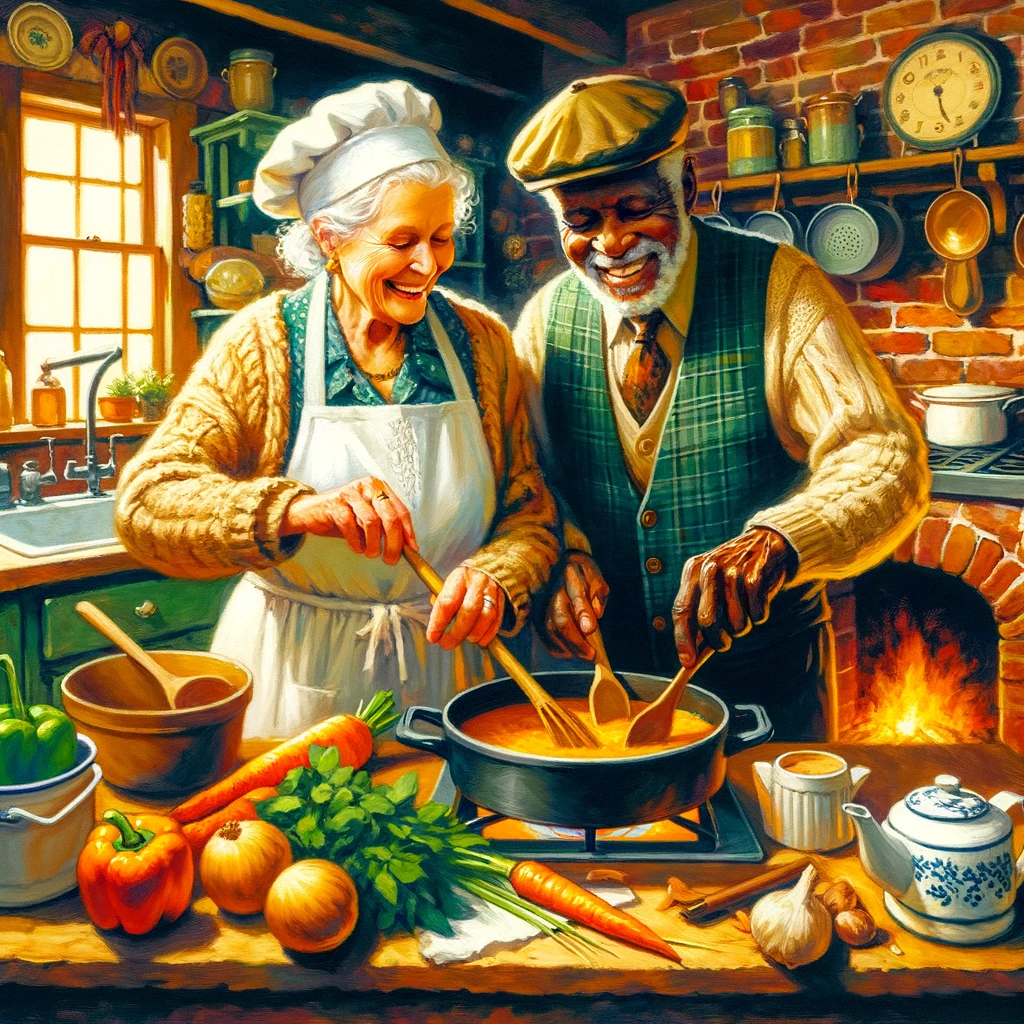The fireplace, once a staple in most rural homes, had a purpose that went beyond providing warmth. It was the hearth, the center of the house, where meals were prepared and the family gathered. Traditional cooking methods practiced by our elders often entailed spending time by the hearth, which significantly influenced our well-being and health. This article revisits these traditional cooking practices and ways to incorporate them into our modern lives, particularly for rural seniors who need support.
Power of Traditional Cooking
Traditional cooking methods provide numerous health benefits. Slow cooking stocks and soups, for example, extracts minerals from bones and vegetables, providing a nutrient-dense meal. Fermented foods, a staple in many cultures across the world, are now being recognized for their gut health benefits. These practices not only enhance the nutritional value of food but also strengthen our connection to our cultural heritage, enhancing our overall well-being.
Traditional Cooking is Food for the Soul
Supporting rural seniors might seem challenging, especially due to the lack of immediate resources. However, through traditional cooking practices, we can bridge this gap. Certain traditional foods and practices can be incredibly beneficial for rural seniors. These include:
Bone Broths:
Packed with nutrients like collagen and amino acids, bone broths support joint health, enhance digestion, and help in maintaining heart health.
Fermented Foods:
Foods like kefir, sauerkraut, and kimchi promote gut flora, improving digestion and overall health.
Locally Sourced Foods:
From farm to plate, locally sourced food keeps seniors connected to their community while promoting nutritious eating habits.
The Hearth as a Center of Social Engagement
The hearth used to be a meeting point for family and friends to share stories recipes, and transmit culinary knowledge down generations. Cooking itself is a social activity, a tradition that can be revived in senior communities. Seniors can engage with one another through cooking classes or meal prep get-togethers, reducing feelings of isolation and loneliness.
Traditional cooking intertwines health, culture, heritage, and community engagement. Bringing back these practices into our modern lives, while especially beneficial for rural seniors, provides a well-rounded approach to well-being for all. It’s about more than just nutrition; it’s about connection to our past, our culture, and each other.
Remember, hearth and health go hand in hand. So, as we step into the future, let’s carry a piece of the past with us for an enhanced tomorrow.
In the heart of every home, let the vitality of the hearth glow.

Leave a Reply